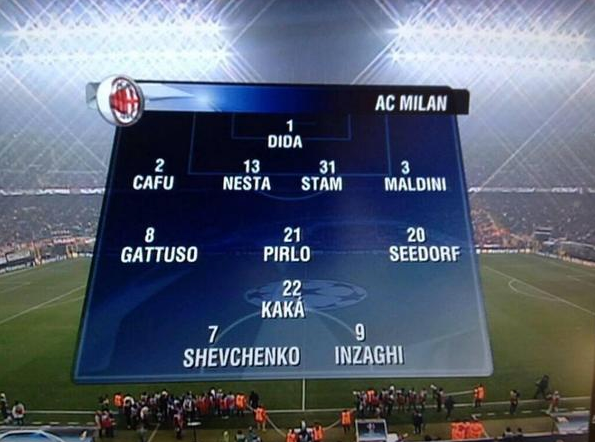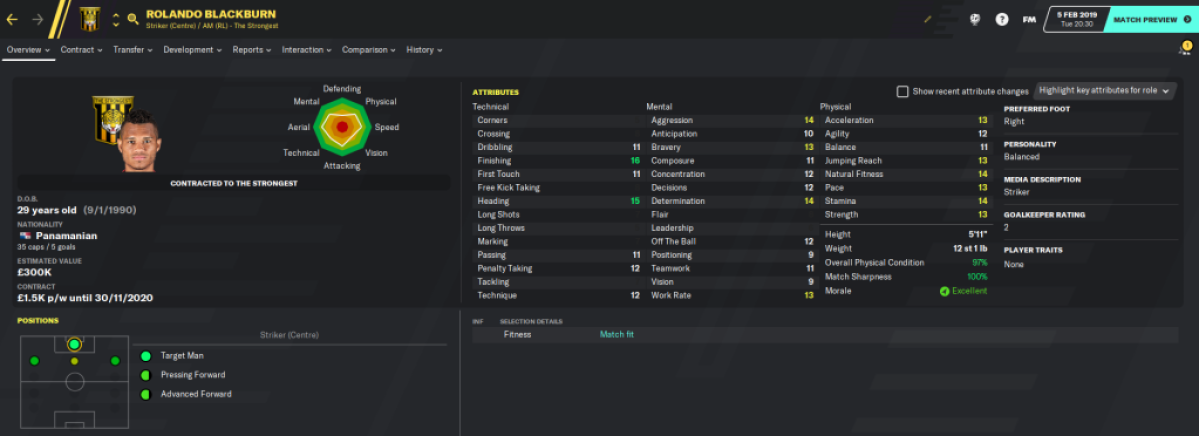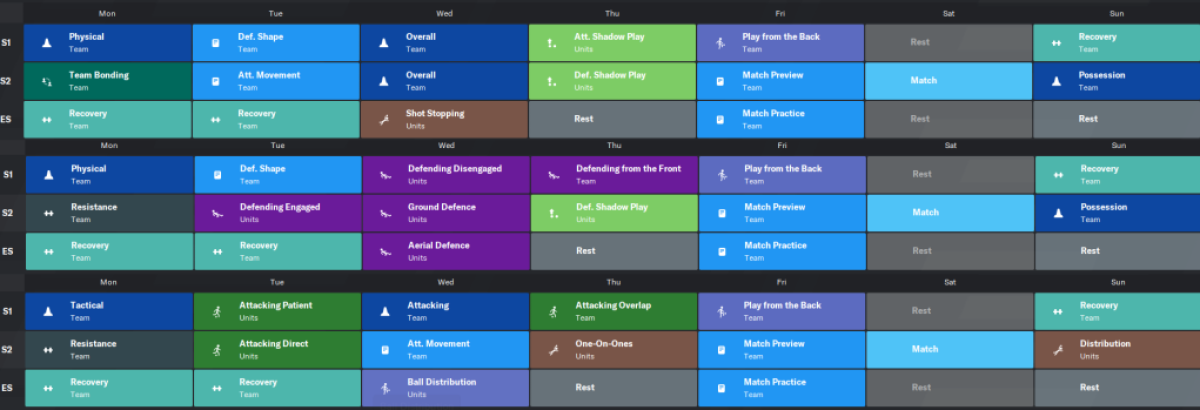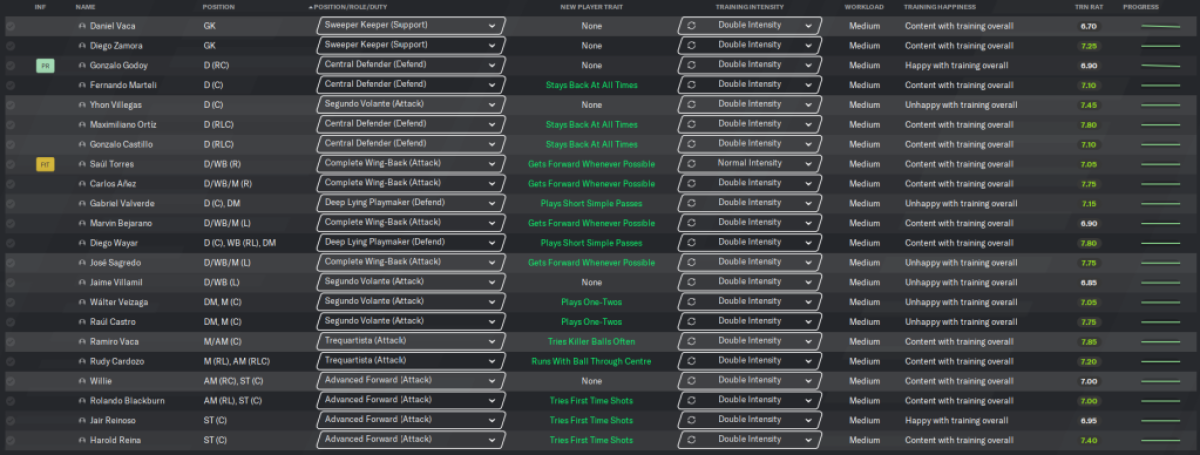This is post two of a wider series. A series for FM20.
The old CRT TV in the bar happened to be showing grainy Serie A highlights. They each sipped a Cusqueña, putting the world to rights, as only a father and son can do. Starting with football, of course.
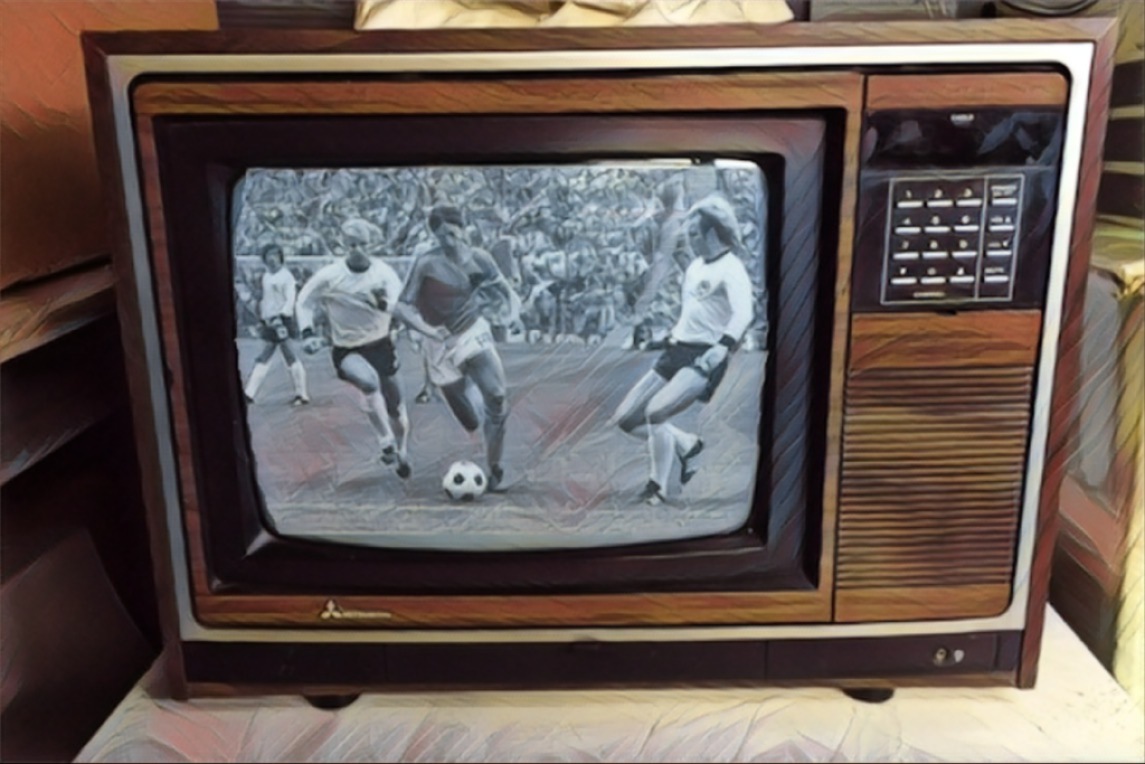
“The air is so thin here, do you know that? I thought home was bad, but I can barely breathe. I can’t bear it!”
It’s fair to say that Fernando Teixidó has yet to adjust to the notorious altitude and temperate climate in mountainous Bolivia.
The 43 year old coach takes an ill-advised giant draw from a toro cigar, followed by an awkward cough, mid-rant. Shifting his considerable weight from foot to foot uneasily, the mobile phone he is shouting into is pressed against his sweating temple.
The new Club The Strongest manager peers out of his temporary apartment’s living room window, as he kicks a clearly delapidated fan into life, trying to circulate what little air hangs in the room.
The sun is rising over the crammed La Paz skyline as the tenderfoot tactician continues to harangue his father, Carlos, over the phone; like this is his fault.
Carlos is some 6,000 miles away at his home in Barcelona, but his response is well-intentioned.
“Son. You know it was tough when I left Peru after so long too. Always remember, I’m here for you. It’s strange how people who suffer together, have stronger connections than people who are most content.”
“…Dad. As beautiful a sentiment as that is, I know you are quoting Bob Dylan again.”
Once a Dylanista, always a Dylanista. It was Teixido Snr’s signature trait.
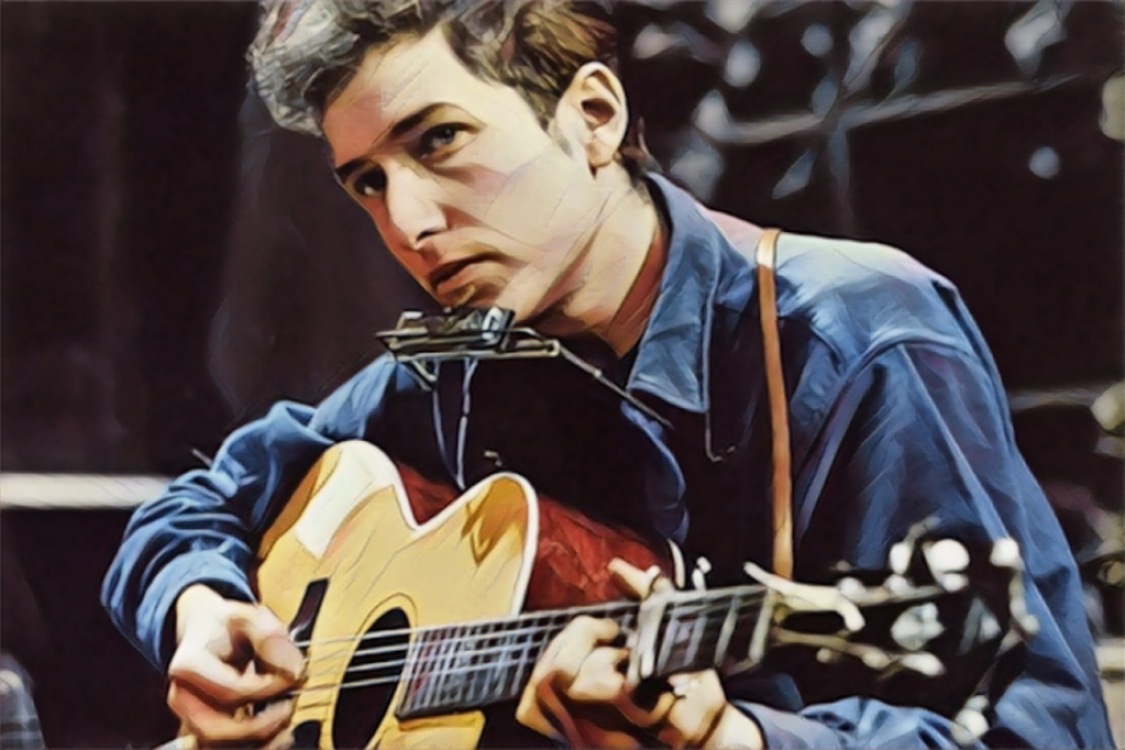
His football manager son says his goodbyes (or did he just say “fare thee well?”), promising to call back in a couple of days, just like he always does.
The corners of Fernando’s mouth upturn as he throws the mobile phone on his interim kitchen worktop, casting his mind back to the last time he sat in a bar in Arequipa with his father. It was nearly twenty years ago.
That night, the old CRT TV in the bar happened to be showing grainy Serie A highlights. They each sipped a Cusqueña, putting the world to rights, as only a father and son can do. Starting with football, of course.
Something about that night stuck in Teixidó’s head. What was it?
Not the humidity of the bar on that summer’s night. Not Mr Teixidó Snr’s endless Dylanisms, no. It was something affecting. Something critical to Fernando’s dogmatic footballing philosophy and career pivot to become a manager in the first place.
Wait a second.
The commitment to playing out from the back. Short, yet counter-attacking passing. Aggressive pressing and tackling. A narrow network of passes flanked by marauding full backs.
Yeah, that was it. The highlights playing on that old, battered TV in the bar that evening.
It was the era of prime AC Milan. It was arguably the zenith of Carlo Ancelotti’s managerial career, and it undoubtedly represents the derivation of Teixidó’s tactical ideology.
Those were the days.
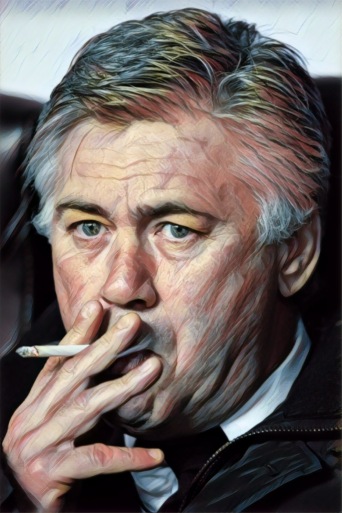
Fernando Teixidó might be a Peruvian in Bolivia with a Catalan father, but it’s an iconic Italian who represents the biggest footballing influence on the rookie manager. How would that manifest itself in Teixidó’s The Strongest team?
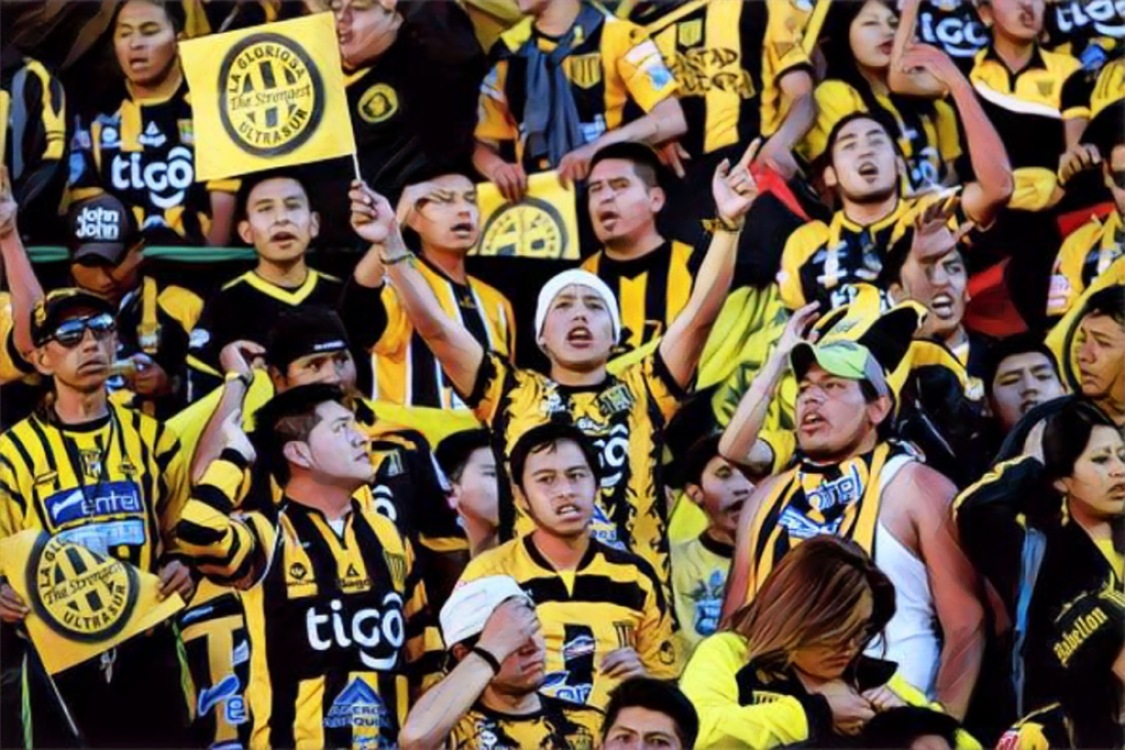
Pre-season has come and gone.
It’s time for Teixidó to put down the cigars and put on his matchday suit.
It’s time for the Stronguistas to take to the stands of the Estadio Hernando Siles.
It’s time for El Tigre to roar…

So here we are!
As promised, we’ll have a quick overview of pre-season results, a bit of a look into who could be key players for The Strongest this season, and also touch on how I set up training to maintain and develop my players.
Lastly, a bit of analysis on Teixidó’s preferred tactical setup, the 4312.
I’ve put in 8.5 hours into this save so far, prior to a ball being kicked in anger. I don’t normally spend that long at this stage, but I’ve been granular in my approach to most elements of setting this side up.
This episode (along with the first that you’ve read already) is a wee bit longer than the ones to come in this series, but early on I like to set the scene.
Pre-Season Friendlies
This was our form in pre-season.
A brilliant start. Yes the opposition weren’t of the highest quality, but sides like San Marcos and Teixidó’s beloved Melgar should be no pushovers.
The Key Players
Rolando Blackburn smashed in eight goals in four starts in the friendlies, and I will be looking to Rolando to lead the line this season. An early candidate to be a real talisman of this Strongest side. A real number 9.
The first choice wing backs Carlos Añez and Marvin Bejarano notched up 11 assists and 18 chances created between them across the 5 games where they played together. This is by a good margin a far more prolific supply route than from anywhere else on the pitch.
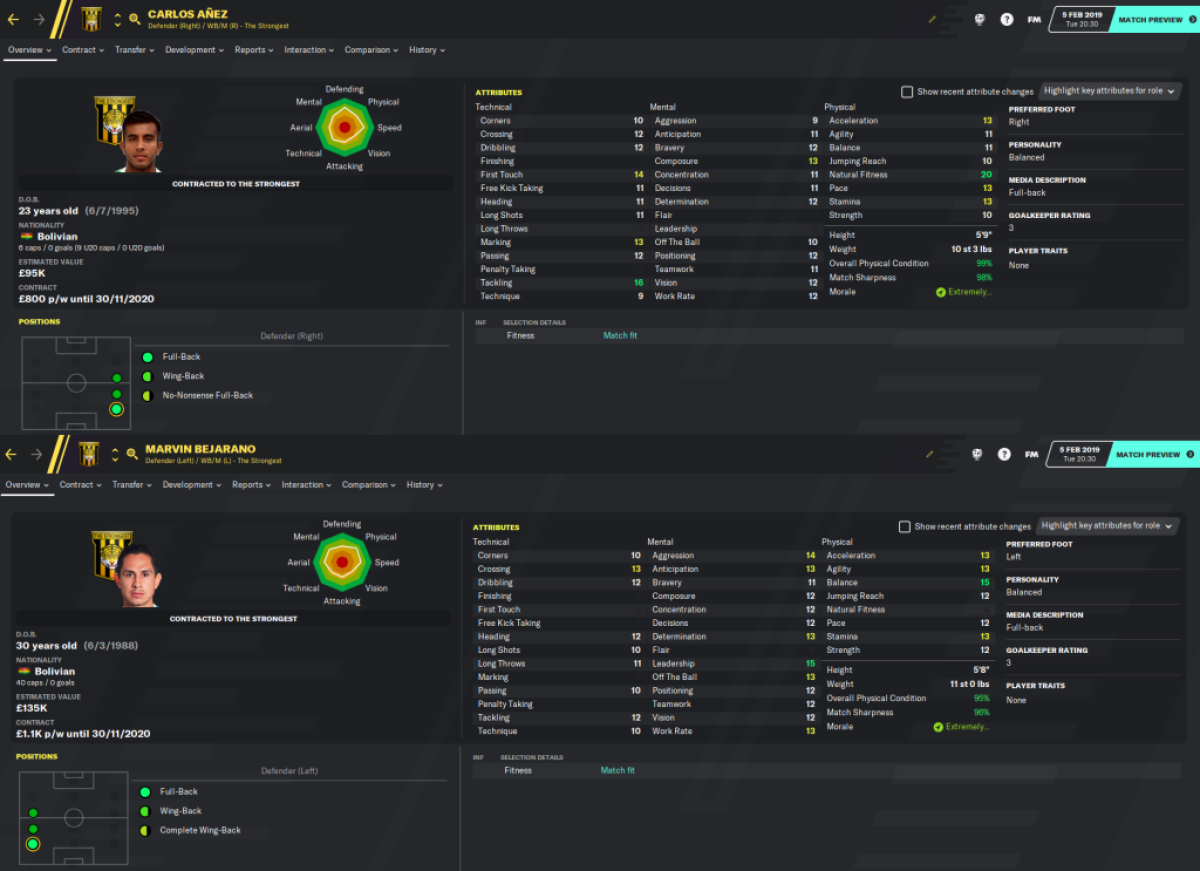
Captain Belgrano is a more than solid all-rounder at this level, with his excellent balance a standout attribute alongside his leadership qualities.
An honourable mention goes to Rudy Cardozo, who will be our first choice number 10 behind the strikers.
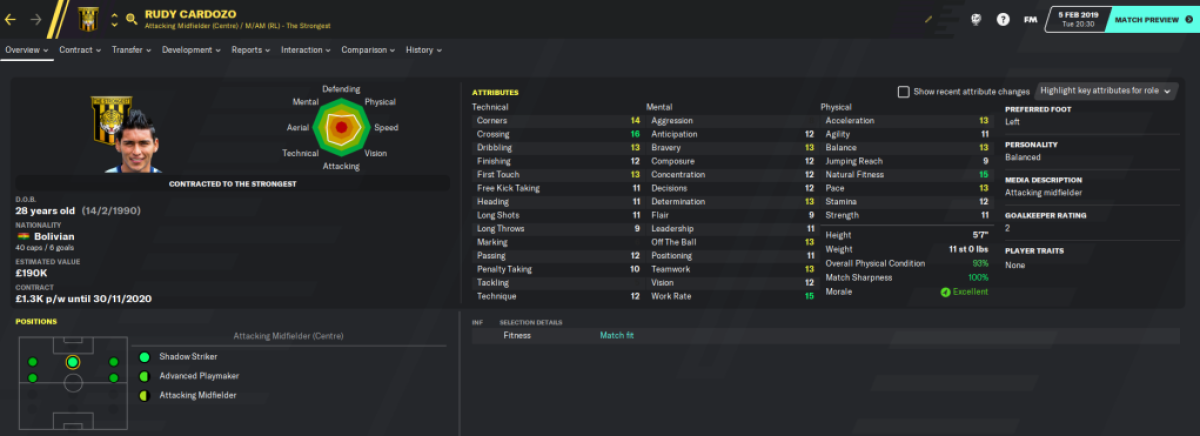
Training
This is a straightforward one. I built three simple custom team training schedules (General, Defending and Attacking), and will rotate them all year-round. This may not be the optimum way to schedule team sessions, but I find I get a nice balance of steady improvement of those players with potential, suitable match preparation ahead of any fixtures, and not too much physical impact on the legs and lungs of the team.
I couple this with role-specific training, double intensity sessions where physical condition allows, focus on training specific player traits over the ‘additional focus’ function, and track the player’s workload, happiness, performance and progress on my custom training squad view, like below.
Tactics

Like Teixidó himself realised above, a 4312 with a ‘lever’ or pivot defensive midfielder (here it is Diego Wayar), marauding wing backs and a creative 10 behind two strikers, is very much influenced by how Carlo Ancelotti tended to set up his incredible Milan side earlier this century.
The wing backs provide the width by running tirelessly (admittedly Carlos Añez is unfortunately no Cafu), and the DLP-D is the key pivot or lever, triggering short passing counter attacks, Players press aggressively and tackle hard.
There are two deliberately and noticeably conflicting elements in this tactic. The first is using a Trequartista as an absolute luxury, to provide an alternative approach when the committed, physical strategy doesn’t break the opposition down. The other is coupling a very short passing system with ‘hits early crosses.’ The theory here is that although the team primarily focus on playing small tiki-taka esque triangles as they move up the pitch, using wing backs that love to get forward (think Klopp’s Liverpool) along with the floating number 10, the defensive midfield line should occasionally be looking up and unlocking the opposition with a quick, longer ball/cross (think Kevin De Bruyne, but Bolivian and on much less money) to get the ball quickly in behind, causing overloads. Especially when we also play with two out and out strikers.
When it works, it’s a beautiful thing.
Here’s Wálter Veizaga giving it a go. I would suggest clicking on the word YouTube in the bottom right when the video starts playing. It opens it up in a new window. Saves you getting the binoculars out to watch a video the size of a postage stamp.
So what is our first competitive match? It’s only against the 11 times champions of Venezuela, Caracas; who visit the Hernano Siles for a crucial 2nd round qualifying playoff for the Copa Libertadores. Wish me luck!
Next time we will have played a good chunk of the first season and also have a look at some of the overall goals for this FM journey.
Until next time.
Thanks for reading.
FM Stag



